2019 has seen the maturation of some tech trends that have been developing over the years, as well as cutting edge technologies in the infancy of their applications. And, disruptor technologies are now being employed by mainstream businesses, such as banks. Here's a closer look at what's happening in tech next year.
1. 5G Networks and Massive Connectivity
5G networks are the latest generation of mobile connectivity, with faster speeds and connections that make smartphones and other mobile devices phenomenally reliable. Combining savvy network technology and cutting-edge research, 5G offers exponentially faster connections that result in download speeds of 1GBps.
2. Artificial Intelligence (AI) Hits Mainstream
Artificial intelligence This trend is not new, but this year it has taken off, even entering the political arena. In December 2018, the European Commission issued a memo on AI that directed its members to pen a national strategy to address the advances of AI and what it might mean for jobs and the economy in Europe.
3. Autonomous Devices, More than Just Robots
Autonomous technology appears in robotic systems that have partially automated warehouse work and self-driving cars that threaten to replace rideshare companies.
However, this tech also embodies network protocols that are self-directed, reminiscent of the computer HAL in "2001: Space Odyssey." In respect to drones, robots, and autonomous vehicles, Microsoft reports on non-threatening use of these systems, such as search and rescue missions that are unsafe for first responders.
Gartner labels “Autonomous Things” as artificial intelligence that can automate functions that humans previously performed. This trend transcends automation by rigid programming algorithms; AI is morphing to incorporate advanced behavior and will soon interact with users in a natural way.
4. Blockchain Expands to Insurance and Banking
Blockchain describes open, distributed ledgers that record transactions in a permanent way. Without blockchain, cryptocurrencies could not function, but blockchain has evolved as a way to verify more mainstream agreements involving cash, contracts and other formats. This technology frequently appears on trending tech articles. The difference in 2019 has been how it's no longer solely a topic for the world of cryptocurrencies. Many blockchain projects are confronting and overcoming the challenges facing this technology in the banking and insurance industries. This year may yet see the roll-out of decentralized organizations using intelligent contracts powered by blockchain.
5. Augmented Analytics Will Deepen Analysis Across Fields
Augmented analytics uses machine learning (ML) as well as natural language processing (NLP) to interpret data and enhance business intelligence. This trend combines artificial intelligence and big data via machine learning. Experts say it will forever change the consumption, sharing and development of data analysis. In may not all happen in 2019, but predictions say that augmented analytics will soon be universally adopted across finance, human resources, marketing, sales and customer support to optimize decisionmaking.
6. Digital Twins to Improve Testing and Development
The term "device shadow" is also known as a digital twin. A digital twin replicates a physical object's shape, position, properties and states, gesture, motion and status. It marries the physical and virtual worlds so that researchers can monitor systems and prevent problems that may lead to downtime. The technology lets companies plan for the future via simulations. Gartner predicts up to 20 billion sensor connection to endpoints by 2020. Organizations use digital replicas to compile and visualize what the correct data should be, which allows them to make improvements and make better business forecasts.
7. Enhanced Edge Computing and the Internet of Things
Enhanced edge computing expands the previous applications of edge computing. This category includes so-call "fog computing" and cloudlets. Fog computing refers to a decentralized infrastructure that pushes the cloud to the edge of the network. Cloudlets support mobility and are micro data centers that optimize the mobile portion of a network.
This tech expands the capabilities of the Internet of Things. Intermediate points placed between connected objects enable the transfer of data at the intermediate points. This means tasks can be performed closer to where the devices are, reducing response latency. By processing data near the endpoint rather than to a server in the cloud enhances performances. Cloud computing and edge computing are complementary models to more centralized cloud computing applications.
8. Immersive Experiences in Smart Spaces
A number of innovations create more immersive experiences that provide continuity to users who connect with brands and products on many devices. For example, chatbots that use chat and voice platforms are enhancing the interaction of people and technology. Augmented reality (AR), virtual reality (VR) and mixed reality (MR) will combine to shift our perception of the world and create smart spaces meant for a targeted group of people in narrowly defined industry applications.
9. Digital Ethics vs. Technology Advances
Digital ethics and privacy are in the headlines more and more as associations and governments struggle with balancing the privacy rights of individuals with the need to gather data for commercial purposes. Both state and federal agencies are grappling with where to draw the line and how much responsibility should be placed on the entities that hold individual data points.
About the Author: Jeff Poirior
Jeff brings 25 years of telecommunications and information technology management experience in voice and data networking, server support, and telephony and security; with a significant emphasis on customer service. Prior to joining Valicom, he was chief of the infrastructure support section for the Wisconsin Department of Transportation. Jeff was the vice president of operations for CC&N, overseeing telecommunications, help desk, data and desk side support services. Prior to that, he served as the associate director of technical resources for Covance, responsible for managing systems and network operations supporting 1700 users in Wisconsin and Virginia. He has also led data center operations at Magnetek Electric, supporting mainframe systems, client/server applications, telephony systems, and computer-aided design. Jeff holds a bachelor’s degree in business administration from Cardinal Stritch University and a master’s degree in business administration from University of Phoenix. In addition, Jeff is a past board member of the Wisconsin Telecommunication Association.

